Winter Damage to Landscape Plants: Prevention and Care
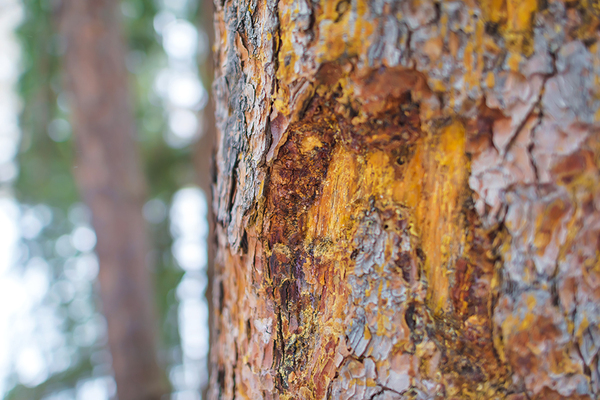
Introduction
Winter can be harsh on landscape plants, leading to various forms of damage that often become apparent as spring approaches. Dead branches, split bark, and browned needles are just a few signs that your plants have suffered through the cold months. Understanding the causes of winter damage and how to mitigate them is crucial for maintaining the health and beauty of your landscape.
Common Types of Winter Damage
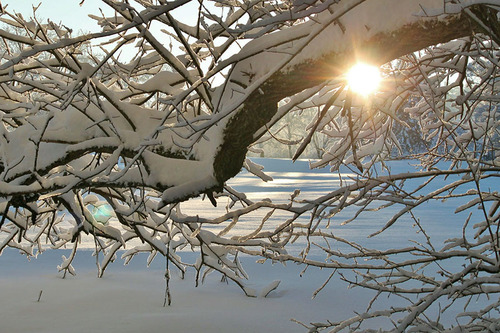
A Thick Layer of Snow on a Branch - Photo by cocoparisienne on Pixabay
Ice and Snow Damage
One of the most visible forms of winter damage is caused by the weight of ice and snow accumulating on branches. This can lead to bent or broken limbs, especially in shrubs and trees with weaker structures.
Prevention Tip: Gently remove snow from shrubs using an upward movement with a broom. Avoid removing ice, as ice-laden branches are brittle and prone to breaking. Instead, wait for the ice to melt naturally.
Frost Cracks and Sunscald
Frost cracks and sunscald are common issues for hardy trees exposed to extreme winter temperature fluctuations. Sunscald occurs when the winter sun warms the bark, causing it to reach temperatures up to 18 degrees warmer than the surrounding air. This can damage the cambium layer beneath, leading to sunscald. Frost cracks happen when water inside the tree trunk freezes and expands, causing the wood to crack, sometimes with an audible sound. These cracks can reopen in subsequent winters, leading to further damage.
Prevention Tip: To minimize the risk of frost cracks, apply white latex paint to the tree trunk. The light color reflects sunlight, reducing temperature fluctuations. Proper pruning and avoiding injury to the tree can also help prevent frost cracks.
Winter Burn and Leaf Scorch
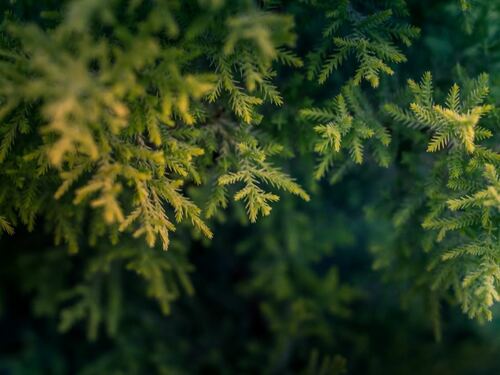
Yellowing Evergreen Needles - Photo by Arvind Shakya
Winter Burn
Winter burn occurs when weather conditions are severe or sudden temperature drops are prolonged. It primarily affects evergreen plants, causing the needles to turn yellow or bronze. This damage is a result of the plant losing water through its needles faster than it can be replaced through its roots, which are in frozen soil. Eventually, the scorched needles drop off.
Leaf Scorch
Leaf scorch is common in broad-leaved evergreens like azaleas, rhododendrons, hollies, and boxwoods. It typically occurs on dry, windy, warm, or sunny days when the ground is frozen, preventing the leaves from receiving adequate water. The leaves droop, curl, and develop brown tips and margins, giving them a scorched appearance. Although the damage happens during winter, symptoms often don't appear until spring.
Prevention Tip: Protect broad-leaved evergreens by placing them in sheltered locations where they are less exposed to winter winds and sun. Ensure adequate soil moisture in the fall to help prevent winter dehydration.
Blight and Browning
Blight and browning often occur when unseasonably warm temperatures in February or March accelerate the growth of buds, flowers, or shoots too early. A late spring frost can then kill this tender new growth, leading to fewer flowers and delayed leaf development.
Diagnosis and Treatment: Frozen tissue turns blackish brown, and damaged buds and leaves usually drop off. Prune the affected areas if new growth does not emerge in the spring.
Preventing Winter Damage: Best Practices
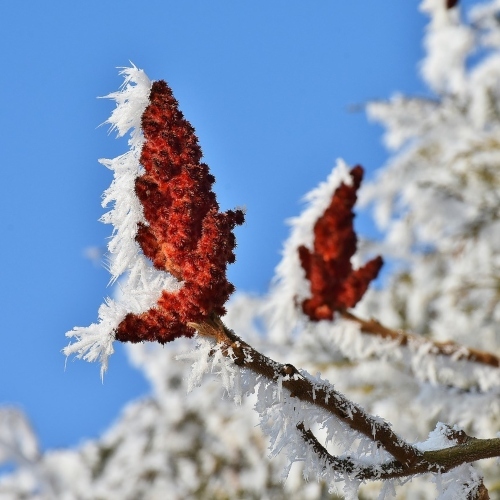
A Branch and Berries Under Heavy Frost - Photo by RitaE on Pixabay
Plant Selection and Placement
Choosing the right plants and placing them strategically in your landscape is the foundation for preventing winter damage. Cold-hardy plants are better equipped to endure freezing temperatures, and proper placement can shield them from the worst of winter's effects.
Action Step: Start by selecting plant varieties that are specifically rated for your USDA hardiness zone. Native plants are particularly advantageous, as they are naturally adapted to your local climate and often require less winter protection. Additionally, when placing plants, consider their exposure to winter elements. Position sensitive species in sheltered locations, such as the north or east side of your home, where they are less exposed to harsh winds and direct sunlight. Using natural windbreaks like fences, walls, or hedges can further protect them from cold snaps and help maintain their health throughout the winter.
Proper Location
The location of your plants plays a crucial role in their ability to withstand winter conditions. A well-chosen site can significantly reduce the risk of winter damage, ensuring that your plants remain healthy and resilient.
Action Step: When selecting a location, prioritize areas that offer natural protection from the elements. For instance, planting near the south or west side of a building can provide warmth from reflected sunlight, while the north and east sides offer protection from harsh winds. Additionally, avoid low-lying areas where cold air tends to settle, as these spots are more prone to frost damage. By carefully choosing the proper location, you can create a microclimate that enhances your plants' ability to survive winter's challenges.
Maintain Soil Moisture
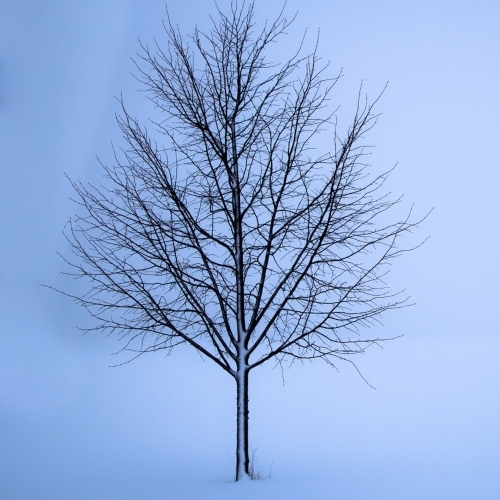
A Lone Winter Tree - Photo by Sorbyphoto on Pixabay
Consistent soil moisture is vital for the health of your plants, especially as they prepare for the winter months. Proper hydration helps plants maintain their internal water balance, which is crucial in preventing winter desiccation and dehydration.
Action Step: Ensure that your soil remains adequately moist throughout the fall, as this helps plants store the necessary water to endure the dry winter months. Water deeply and less frequently to encourage deep root growth, which can help plants access moisture even when the surface soil is frozen. Be mindful not to overwater, as excessively wet soil can lead to root rot, especially in areas with poor drainage. Mulching around the bases of your plants can also help retain soil moisture by reducing evaporation and insulating the roots against temperature fluctuations. By maintaining optimal soil moisture levels, you can significantly enhance your plants' resilience against winter stress.
Spring Inspection and Pruning
As winter fades and spring arrives, it's essential to assess your landscape for any signs of winter damage. Early detection and prompt action can prevent further decline and promote healthy growth throughout the growing season.
Action Step: Begin your inspection by carefully examining your plants for any signs of winter injury, such as frost cracks, broken branches, or discolored foliage. Pay close attention to the bases of trees and shrubs, where damage from snow accumulation and animal activity is often most prevalent. Look for branches that are dead, diseased, or damaged, and prune them back to healthy wood. Proper pruning techniques, such as cutting at a slight angle just above a bud or branch junction, will encourage new growth and prevent further injury.
Consult with Experts for Optimal Plant Care
Winter can be a challenging time for your landscape, but with the right care and attention, you can minimize damage and keep your plants healthy year-round. Arborist Now is your go-to expert for tree care in the greater San Francisco Bay Area. Contact us for a consultation with one of our skilled arborists about your landscape and preservation of your trees and shrubs.
Originally published January 28, 2021.





